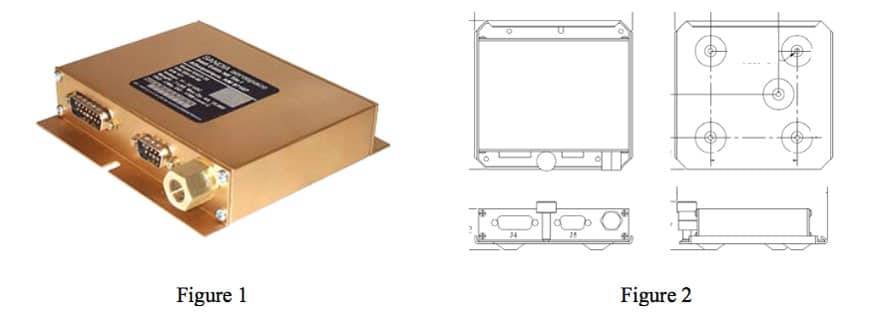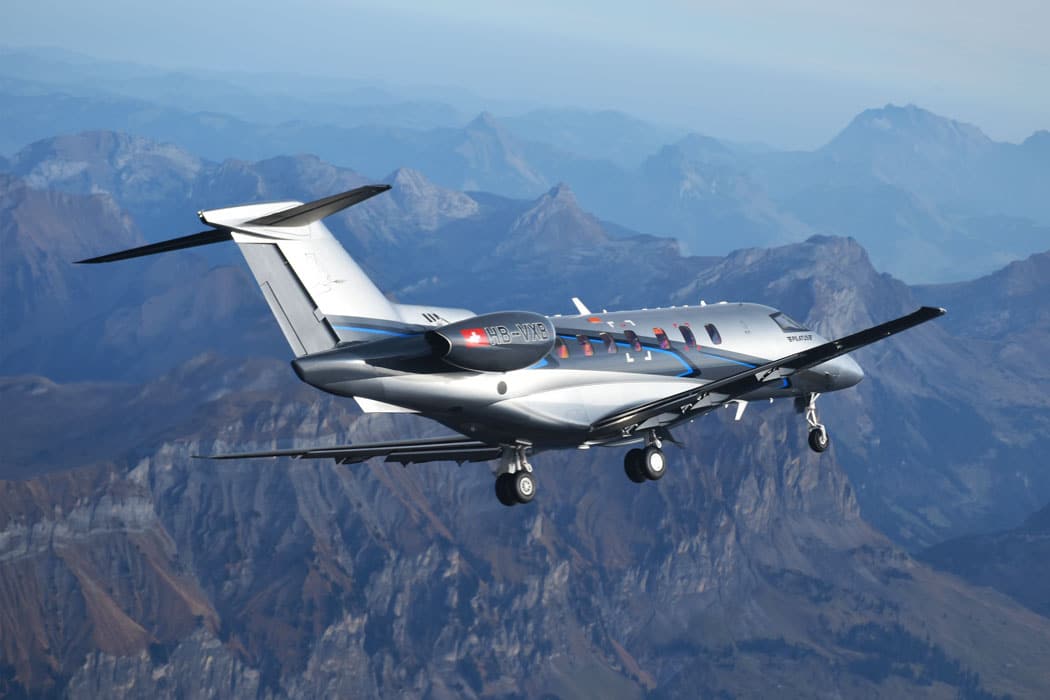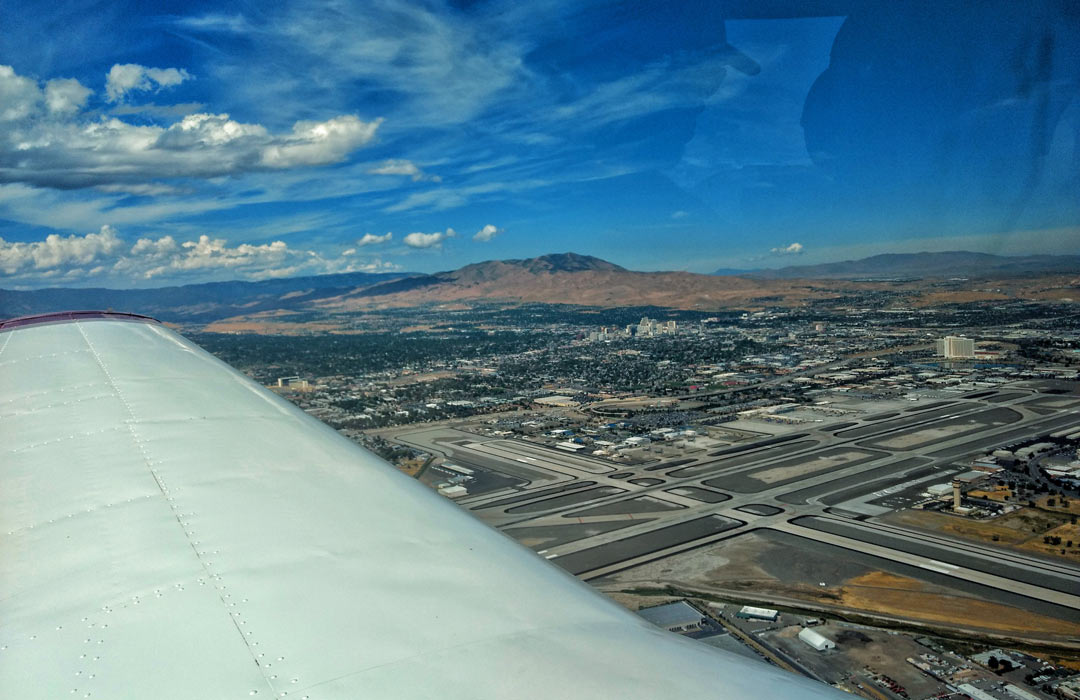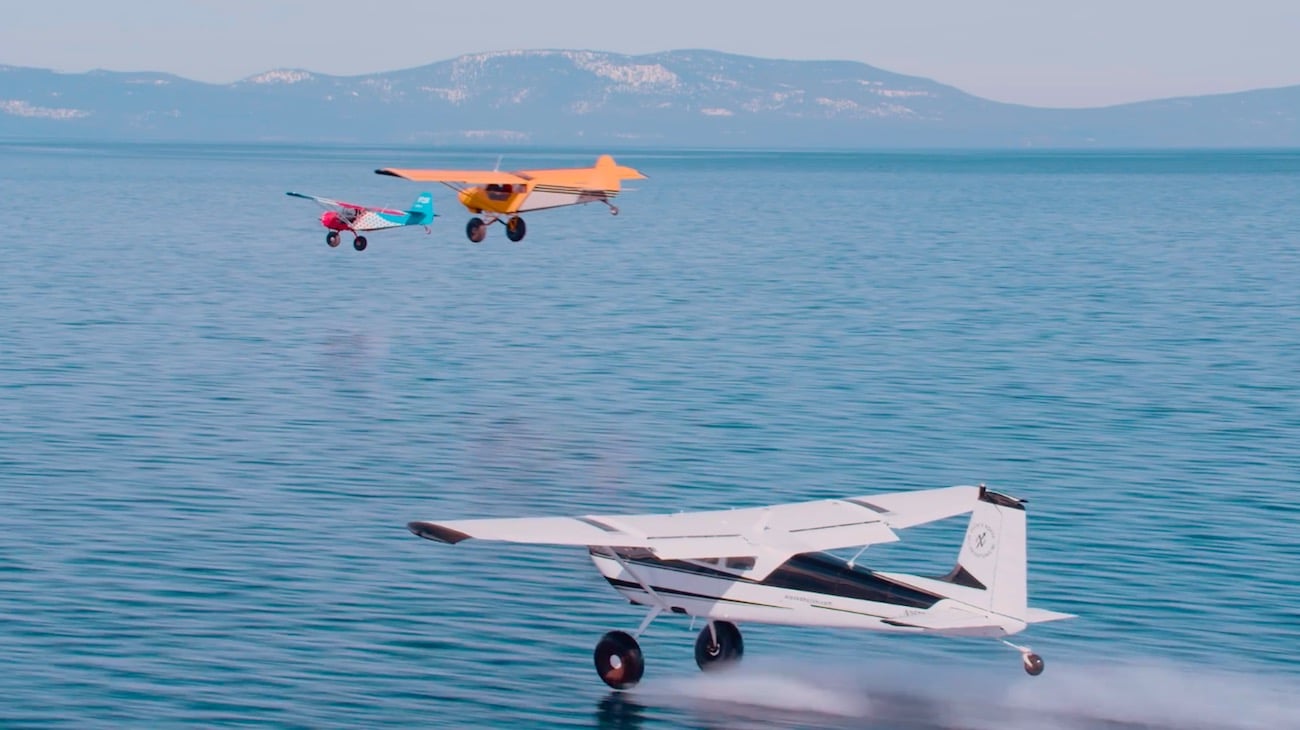The FAA feels that the airworthiness concern described in SAIB CE-17-19 does not warrant an airworthiness directive at this time.
The FAA has issued a Special Airworthiness Information Bulletin (SAIB CE-17-19) to alert aircraft owners and operators of airplanes with cabin altitude encoder Sandia SAE5-35 or Garmin GAE 43 installed to an airworthiness concern with “certain installation configurations of the encoder.” The encoder provides altitude information to avionics displays.
More Details on FAA SAIB CE-17-19
Previously, the encoder was the subject of an airworthiness directive (AD 2015-13-09) that addressed “the specific location and installation configuration on certain Piper airplanes.” In the AD, the FAA discussed a report they had received of an airplane that encountered a pitch control system problem that resulted in a limited ability to control the elevator. The subsequent investigation found that an avionics box that had been installed behind the instrument panel had fallen into the elevator control sector, and had jammed the primary pitch control.
After issuing the AD, the FAA has continued to investigate other installations of the cabin altitude encoder that may have a similar configuration. The encoder in questions is supplied under one of two identities:
- SAE5-35 from Sandia, provided under technical standard order (TSO) C88a
- GAE 43, from Garmin, provided under a parts manufacturer approval (PMA).

In the above image provided by the FAA, the encoder is shown in figure 1, and a diagram of the mounting assembly in figure 2. The installation shown in figure 2 would be ‘right side up,’ representing a typical installation of the encoder. In that configuration, gravity will act to retain the encoder should the retaining fastener fail. Additionally, it’s recommended that the encoder should be installed away from any systems that would have a direct impact on flight safety, in a location such as on a rack in avionics shelf or bay. However, there are several other installations of the encoder that may have occurred through various means such as “part of a type certificate (TC), supplemental type certificate (STC), or field approval.”
The agency says the TSO and PMA installation manual states “the encoder can be mounted in any axis.” They add that though that is true where it concerns the operation of the encoder, the overall safety of the product depends on both the components installed and the details of the installation. In the case of the incident referenced in the AD, the encoder was installed:
- Upside down
- Directly above a critical flight control system
- Behind the instrument panel
- Lacking additional locking features on the retaining fastener
The agency adds that as demonstrated by the incident in the AD, “typical installation assumptions can be changed to create an improper configuration with increased risk.” They note that Sandia has revised their encoder installation manual to include a caution regarding the location and configuration of the install, and have also designed an alternate mount assembly in order to “address such configurations,” and they have referenced that new mount assembly in the manual as well.
Recommendations
The FAA recommends all owners/operators with the SAE5-35 (Sandia) or GAE 43 (Garmin) encoders installed use the provided background information to evaluate their installation. They also recommend considering the use of the alternate mount assembly referenced in the revised Sandia installation manual.
Documents and Contacts
To view a copy of SAIB CE-17-19, click here. To find related product manuals from Sandia, click here.
For additional information on the bulletin, contact FAA Aerospace Engineer Gregory K. Noles:
- Address: Atlanta ACO, 1701 Columbia Ave., College Park, GA 30337
- Phone: (404) 474-5551 / Fax: (404) 474-5606
- Email: gregory.noles@faa.gov
For additional service information contact Sandia Aerospace.
 Night Flying
Night Flying
I have plenty of night flying time in my log book. Most of it was accumulated during my time flying for a regional airline several years ago. Probably 60 percent of my total flight time there was at night and I found that I really enjoyed it. The views at night can be stunning and the air was often times nice and calm. It can also be uncomfortable and filled with anxiety when things are not going well. [Read More]















Leave a Reply